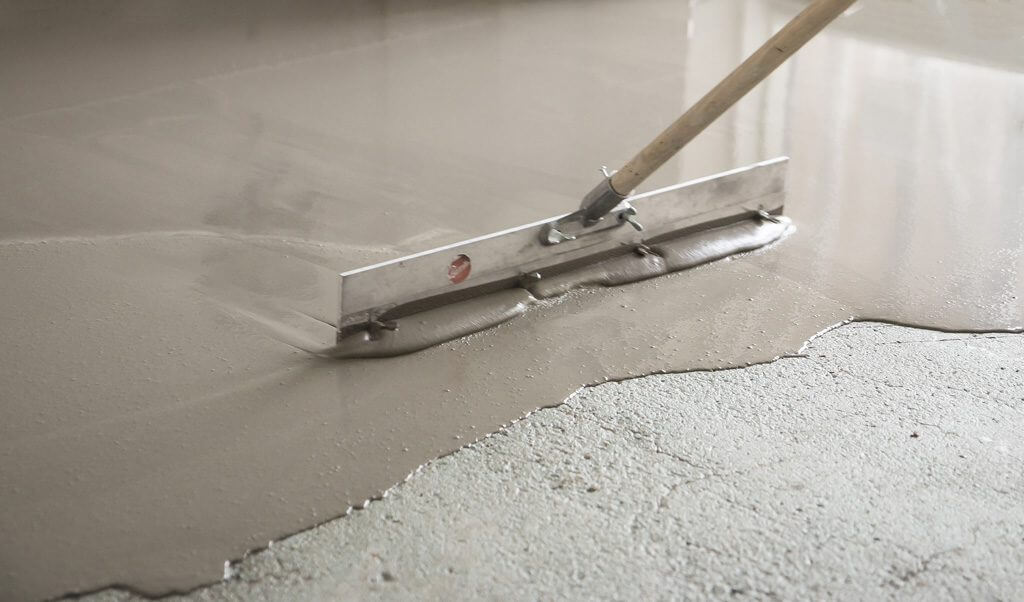Floor levelling is one of the most important categories in construction projects. Just as after building a wall, it must be worked well on it to find a smooth surface, after building a floor, the floor must be leveled. To add to its beauty and durability, Flooring is one of the most visible things. If it is not done well, you are faced with an uneven floor that you will have trouble with cleaning and washing, especially for the floor of the bathroom or kitchen, water may collect in one place. Do not worry, you do not need to completely demolish the floor and rebuild it.
In this article, we will focus on Floor levelling in buildings. Homeowners who want to have a classic or traditional aesthetic often choose Engineered Parquetry flooring. What kind of flooring is the parquet? Pieces of wood are arranged in various geometric patterns to create square and triangle shapes. The answer to your question about where else you’ve seen it is right here. This multipurpose flooring option is widely employed from the Palace of Versailles to basketball courts. What a wide variety! Let’s see how the installation process happens. Follow milestone with this article.
What is Floor levelling?
These Floor levelling compounds are a faster and easier way that you can use yourself. However, this is better than building a complete floor from scratch. The floor is suitable for floor covering as well as for underfloor heating systems. With simple and easy use, without creating any cracks, it can be used for all interiors of kitchens and bathrooms.
leveling flooring component is a single-component mineral-based self-leveling mortar and contains new and environmentally friendly adhesives. This product is designed to level floor surfaces in interior spaces with a thickness of 1 to 40 mm without changing the volume during processing (curing).

The Benefits of Floor levelling
- These Floor levelling compounds are ideal for achieving flat surfaces before being laminated, parquet, and PVC floors.
- Due to the firmness of these Floor levelling compounds, they can be run directly in garages, basements, and similar places.
- If Floor levelling compounds are used in wet areas, sealing operations should be performed before performing the product.
- Excellent adhesion and high compressive and flexural strength
- The Drying period has a short time
- Take only 3 to 4 hours to apply
- Possibility to install tiles or metal plates after 4 to 6 hours
- Final loadable after two days
- Can be used at a temperature of 3 to 45 degrees Celsius
- Reduction of CO2 production due to the use of cement substitutes
- Free of toxic, odorless, and volatile organic compounds (VOC Free)

Types of Floor levelling
There are generally two types of Floor levelling compounds for this purpose. The two main types of flooring are water-based and latex-based. Each type is for a specific model of flooring and has different uses.
How to level a floor? Self-leveling floor
Since these materials are very easy to use, you may decide to do it yourself. In the first step, you must thoroughly clean the floor. Make sure the floor is flat. If the bottom surface is smooth, you will create much better coverage and help keep the floor in better overall condition. For example, in places where it is necessary to cover the floor with large ceramics or other floorings, a very smooth surface is needed.
If there are holes or cracks, it is better to use filler and sealer to fill them first. Then spread the primer all over the floor and wait for it to dry well. This process may take between 3 to 24 hours. Now it’s time to use the compound, it is better to have a companion for this and mix the compound well and pour it on the floor. Once fully spread, wait a day for it to dry completely. Now you can install any new flooring model you like on it.



